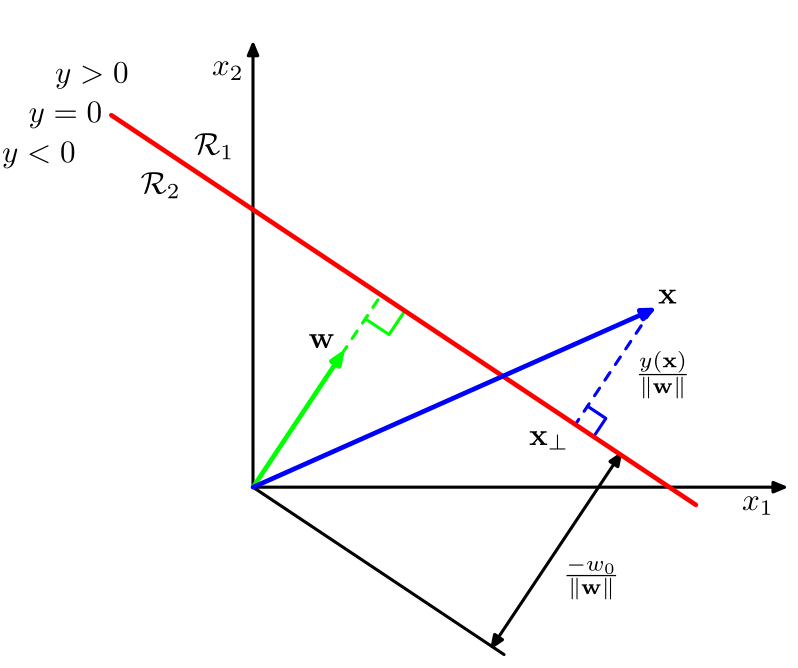
The FDTD method, on the other hand, calculates the E-field on a cubical grid, but also requires a tetrahedral grid for correction at electrical interfaces. The FE method necessitates, primarily, this tetrahedral grid for the calculation of the E-field. A tetrahedral grid is generated from the segmented tissue boundaries, consisting of approximately 80,000 tetrahedrons per patient. Both methods base their calculations on segmented (contour based) CT or MR image data. Two numeric methods, FE and FDTD, are implemented in HyperPlan for solving Maxwell's equations. A number of hyperthermia-specific modules are provided, enabling the creation of three-dimensional tetrahedral patient models suitable for treatment planning. This system already contains powerful algorithms for image processing, geometric modeling, and three-dimensional graphics display. The planning system HyperPlan is built on top of the modular, object-oriented platform for visualization and model generation AMIRA. Data and observations obtained from clinical hyperthermia are compared with the numeric methods FE (finite element) and FDTD (finite difference time domain), respectively. However, concerning possible extensions of the general GVT to singular varieties and/or to positive characteristic, one should keep in mind the work of Hacon and Kovacs where – by exploiting the relation between GVT and the Grauert–Riemenschneider vanishing theorem – they show examples of failure of the GVT for mildly singular varieties (over C) and even smooth varieties (in characteristic p > 0) of dimension ≥ 3, with a (separable) generically finite map to an abelian variety.The main aim is to prove the clinical practicability of the hyperthermia treatment planning system HyperPlan on a beta-test level. This will be the object of further research. This implies in turn a Kodaira-type vanishing for line bundles which are restrictions to normal Cohen–Macaulay subvarieties of abelian varieties, of ample line bundles on the abelian variety (Corollary 6).Ĭoncerning point (2), it should be mentioned that at present we are not able to extend this approach efficiently to the general generic vanishing theorem (GVT), i.e., for varieties mapping to abelian varieties, even for smooth projective varieties over the complex numbers (where it is well known by the work of Green and Lazarsfeld). As is well known, this is equivalent to Green–Lazarsfeld's generic vanishing, a condition satisfied by all irregular compact Kahler manifolds. (2) Using a relative version of the above, we prove the vanishing of higher direct images of Poincaré line bundles of normal Cohen–Macaulay subvarieties of abelian varieties (Theorem 5).

Such conditions involve Gaussian maps and the criterion is a generalization of well-known results on hyperplane sections of K3 and abelian surfaces. (1) A general criterion expressing the vanishing of the higher cohomology of aline bundle on a Cohen–Macaulay variety in terms of certain first-order conditions on hyperplane sections (Theorem 2). We work with irreducible projective varieties on an algebraically closed field of any characteristic, henceforth called varieties. As an application, we prove the generic vanishing theorem for all normal Cohen–Macaulay subvarieties of abelian varieties over an algebraically closed field.ĭedicated to my teacher, Rob Lazarsfeld, on the occasion of his 60th birthday The aim of this paper is to present an approach to Green–Lazarsfeld'sgeneric vanishing combining Gaussian maps and the Fourier–Mukai transform associated with the Poincaré line bundle.


 0 kommentar(er)
0 kommentar(er)
